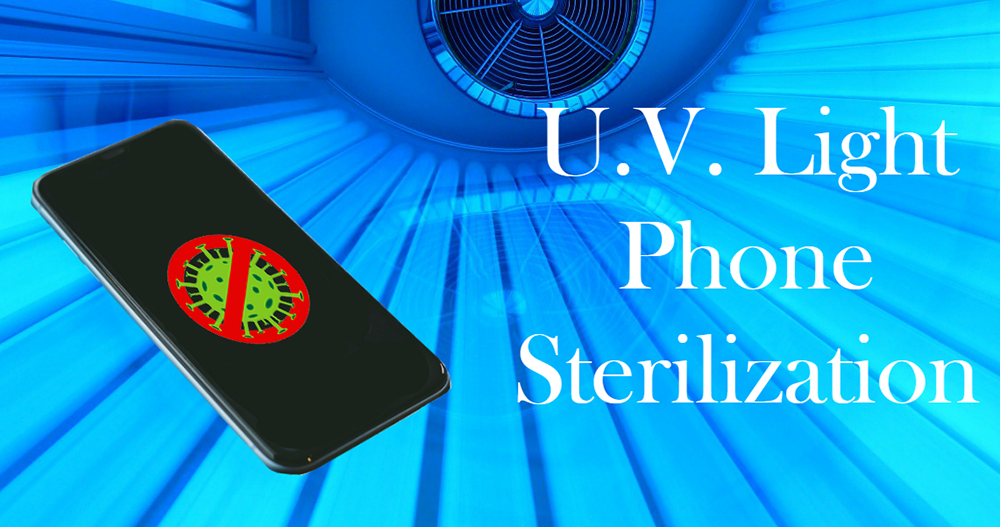When was the last time you cleaned your phone? If you’re like most people, probably never, or at least not regularly. We bring our phones with us everywhere: to the grocery store, into the bathroom, and back into the kitchen. Most don’t realize the flourishing community of bacteria on their phone. Invisible to the naked eye, there’s a plethora of microflora on our phones. According to a study on mobile phone pathogen contamination, the rate of bacterial contamination found on mobile phones is 94.5% (Ulger et al., 2009)1. This microflora is a combination of everything you and your phone touch. Think about that next time you’re scrolling on the toilet.
Despite this alarmingly high amount, not all bacteria are dangerous, and a majority of what’s found on your phone matches your personal microbiome (Morubagal et al., 2017)2. Therefore, you typically wouldn’t get sick from touching your own phone. However, the transfer of bacteria between your phone and your hand spreads everywhere you touch: railings, keyboards, doorknobs, and every handshake. The threat lies in the contamination of shared electronics, surfaces, or from holding your phone to your face. With this in mind, it’s a mystery that the cleaning and sanitation of mobile devices isn’t more commonplace.
So how does one effectively clean their phone? While there’s no reliably phone-proof way to completely disinfect your phone at home, a little frequent cleaning goes a long way. Most bacteria can be scrubbed away with a damp microfiber cloth, but take care to avoid moisture in any openings. Don’t forget to clean the case as well; the bacteria are not limited to the phone’s screen.
An industrial method of sanitization is called Ultraviolet Germicidal Irradiation. UVGI is the process of sanitization via timed exposure to ultraviolet rays. UV rays are capable of damaging the cell’s nucleus, rendering it inactive and unable to reproduce. This method of sanitization effectively destroys various bacteria, viruses, and protozoa. UVGI is used to treat air flowing through hospital vents, sanitize water for consumption, and of course for the safe sanitization of electronics. Additionally, UVGI is an environmentally safe method, as it consumes minimal electricity and is a chemical-free process.
GoExceed’s refurbishment process includes full sanitization in our UVGI cabinet. Any products received for refurbishment are exposed to UV rays for a period of time to ensure any microflora colonies have been destroyed. Through this process, we can ensure our customers receive fully cleaned products and prevent the spread of disease.
References:
1. “Are we aware how contaminated our mobile phones with nosocomial pathogens?” https://www.ncbi.nlm.nih.gov/pmc/articles/PMC2655280/
2. “Study of bacterial flora associated with mobile phones of healthcare workers and non-healthcare workers.”
https://www.ncbi.nlm.nih.gov/pmc/articles/PMC5719508/
3. Centers for Disease Control and Prevention https://www.cdc.gov/niosh/topics/hcwcontrols/engcontrolsolutions/ultraviolet-germicidal-irradiation-system.html
4. Trojan UV
https://www.trojanuv.com/uv-basics
Ready To Get Started?
Automate and optimize your investment in mobile and data. Get Solve(X) today.
(888) 856-7878
All data and personal information is kept behind our secure firewall. We never share any data or information with any third party.

